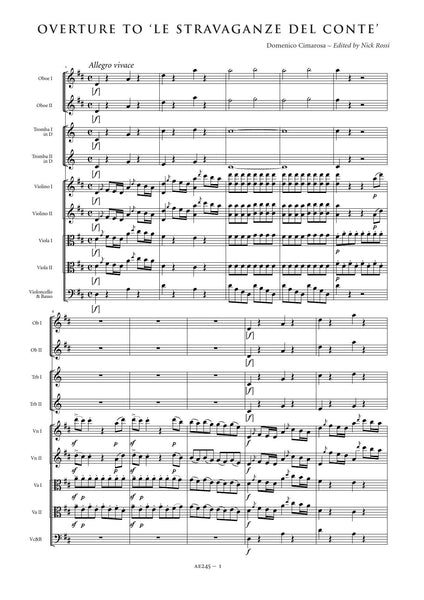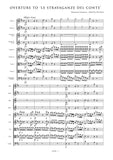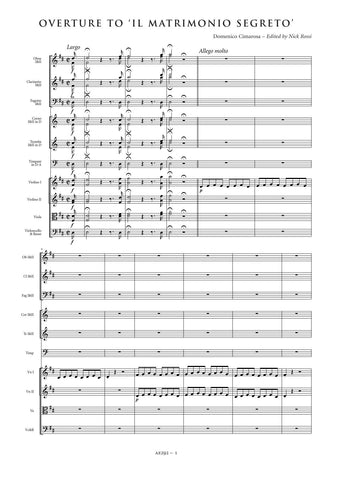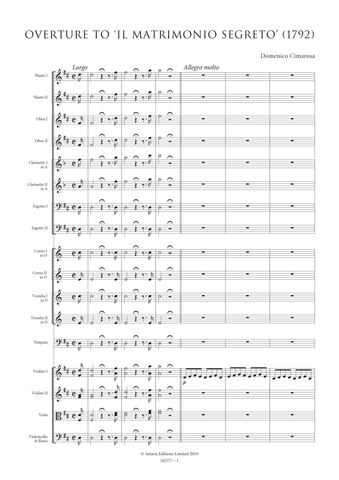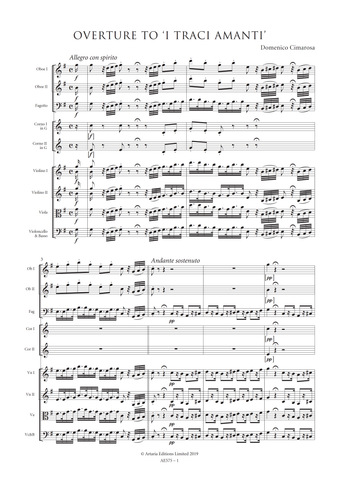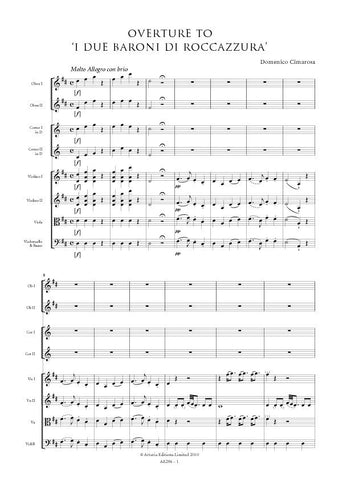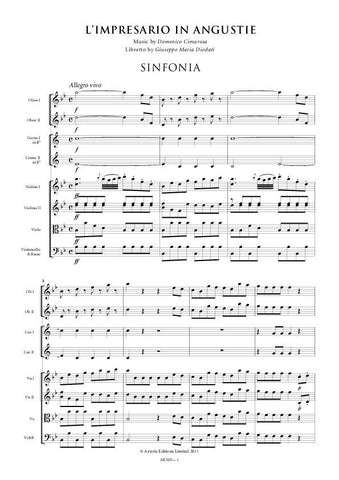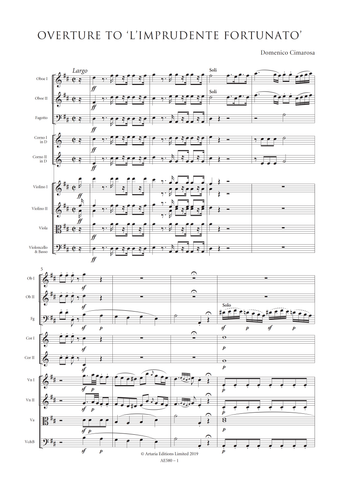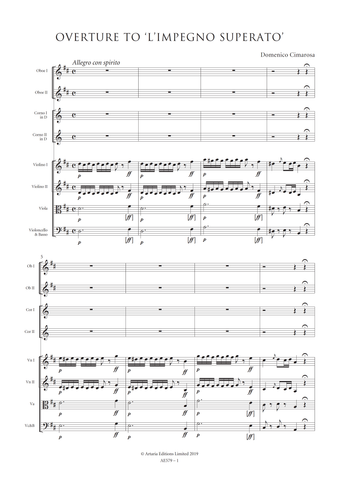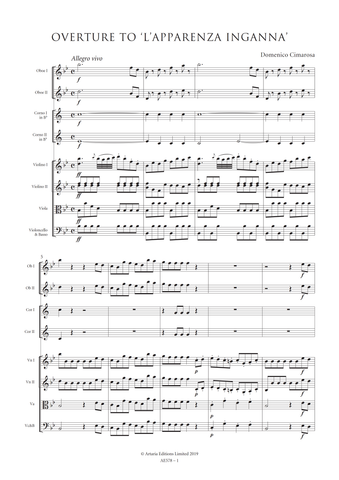Description |
Cimarosa, Domenico (1749-1801)
|
||||||||||||||||
Audio sample |
|||||||||||||||||
Details |
Domenico Cimarosa received his first commission to compose an opera from Naples' Teatro dei Fiorentini for the Carnival season of 1772.With a libretto by the well-established Neapolitan poet Pasquale Mililotti, the resulting commedia per musica, Le stravaganze del conte (The Eccentricities of the Count) opened on 6 January 1772. Cimarosa had just completed his eleven years at the Conservatorio di musica San Loreto in Naples, and quite possibly some of the opera was composed while he was still a student. The plot of this comedy is concerned with a count whose 'eccentricities' centre around his pursuit of women of beauty and money. Since the only extant manuscript of Le stravaganze del conte is the holograph score which resides in the music library of the Conservatorio di musica 'S Pietro a Majella' in Naples, it can be assumed that this opera received only its original production in Naples in 1772 and was never mounted or presented again. The present edition hews as close as possible to Cimarosa's original although it has been necessary at times to clarify the composer's intentions with regard to articulation and dynamic markings. Accordingly, markings have been standardised throughout, and, where missing, reconstructed from parallel passages. These are indicated by the use of dotted slurs or brackets where appropriate. Cimarosa writes the trumpets at pitch but without accidentals; in this instance the editor has chosen to adopt the conventional 18th-century practice of writing the parts in C. Obvious wrong notes have been corrected without comment; editorial emendations with no authority from the source are placed within brackets. Nick Rossi |
Loading...
Error




